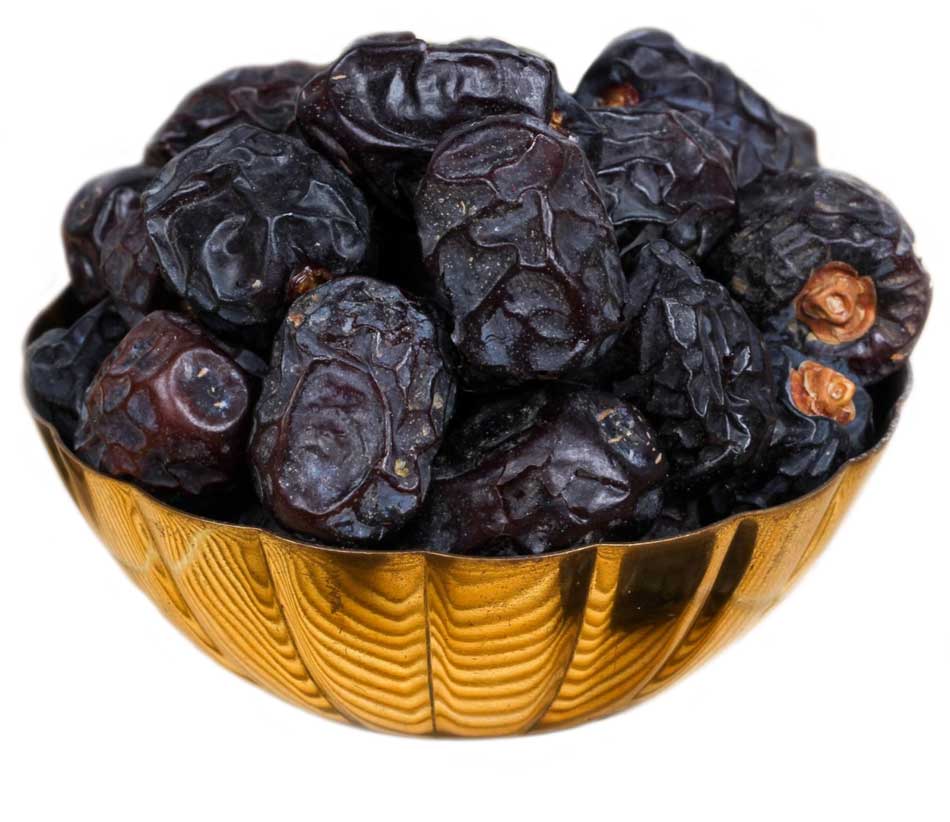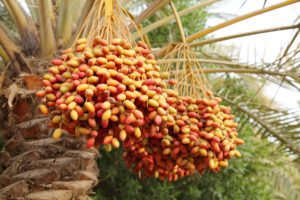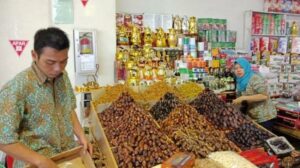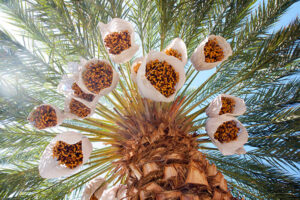Unlocking the Secrets of Harga Kurma: Dates and Their Prices

In this blog post, we embark on a captivating exploration of Kurma Harga, focusing on their prices and the factors that influence them. Join us as we delve into the diverse world of dates and uncover the secrets behind their market values.
The Variety of Dates and Their Price Ranges
Popular Date Varieties and Their Distinct Characteristics
Dates come in various types, each with its unique taste, texture, and appearance. Some popular date varieties include Medjool, Deglet Noor, Barhi, and Zahidi. These varieties differ in terms of their size, sweetness, softness, and color. The distinct characteristics of each variety contribute to variations in their price ranges.
Price Ranges and Factors Influencing Date Prices
The prices of dates can vary significantly based on several factors. These include the quality, size, and grade of the dates. Dates that are larger, plumper, and of higher quality generally command higher prices. Additionally, factors such as geographic location, production methods, and the supply-demand dynamics also influence date prices.
Factors Influencing Date Prices
Geographic Location and Climate
The geographic location and climate in which dates are grown play a crucial role in determining their prices. Dates grown in regions with favorable climates and soil conditions tend to have higher yields and better quality, resulting in higher prices. Factors such as water availability, temperature, and soil fertility can significantly impact the overall production costs and, consequently, the prices of dates.
Production and Harvesting Costs
The costs associated with the cultivation, maintenance, and harvesting of dates affect their prices. Expenses such as land preparation, irrigation, fertilization, pest control measures, and labor costs contribute to the overall production costs. Dates that require more intensive care and labor during cultivation and harvesting phases may have higher price tags to cover these expenses.
Market Demand and Supply
The principles of supply and demand play a crucial role in determining date prices. If the demand for certain date varieties exceeds the available supply, their prices tend to rise. Conversely, if the supply surpasses the demand, prices may experience a decline. Seasonal variations, consumer preferences, and export/import dynamics also impact the market demand and supply of dates.
Factors like geographic location and climate have a significant impact on the taste and quality of dates. Here’s how:

1. Soil Composition: Different regions have varying soil compositions, which can affect the nutrient content and overall health of date palm trees. Dates grown in fertile soils rich in organic matter tend to have better flavor and nutritional profiles.
2. Temperature and Sunlight: Dates thrive in warm climates with abundant sunlight. The temperature and sunlight exposure influence the sugar content, color, and texture of the dates. Warm temperatures promote the development of sugars, resulting in sweeter dates.
3. Water Availability: Dates require an adequate water supply for optimal growth. Regions with access to consistent and sufficient water sources can support healthy date palm trees, leading to better fruit quality. Water scarcity or irregular irrigation can negatively impact the size, texture, and taste of dates.
4. Humidity: Dates prefer low humidity levels for optimum fruit quality. High humidity can increase the risk of diseases and pests, affecting the overall health and taste of the dates.
5. Wind Conditions: Moderate winds aid in pollination and prevent excessive moisture buildup on the date fruits, reducing the risk of fungal diseases. However, strong winds can damage the date palm trees and impact fruit quality.
6. Seasonal Variations: Dates are highly sensitive to seasonal changes. Certain date varieties require specific seasonal conditions, such as cool winters and hot summers, to achieve the desired flavor and texture. Seasonal variations contribute to the unique taste profiles of different date varieties.
7. Pest and Disease Pressure: Geographic location affects the prevalence of pests and diseases that can potentially harm date palm trees. Regions with lower pest and disease pressure generally produce healthier and higher-quality dates.
8. Cultural Practices: Date cultivation techniques, specific to geographic regions, can also influence the taste and quality of dates. Local farming practices, such as irrigation methods and fertilization techniques, vary across different locations and can impact fruit characteristics.
Overall, the combination of geographic location and climate directly affects the growth, development, and composition of date fruits. The interplay of these factors contributes to the unique taste, texture, and quality of dates from different regions around the world.
Key Highlights of the content:

Conclusion
Kurma prices are influenced by a myriad of factors, including the variety, quality, production costs, and market dynamics. Understanding these factors can help consumers make informed decisions while purchasing dates. Whether you are a date enthusiast, a health-conscious individual, or someone interested in cultural traditions, exploring the world of Kurma Harga and their prices adds depth to your appreciation of these delightful fruits. So, savor the sweetness, embrace the knowledge, and enjoy the journey into the realm of Kurma Harga.
